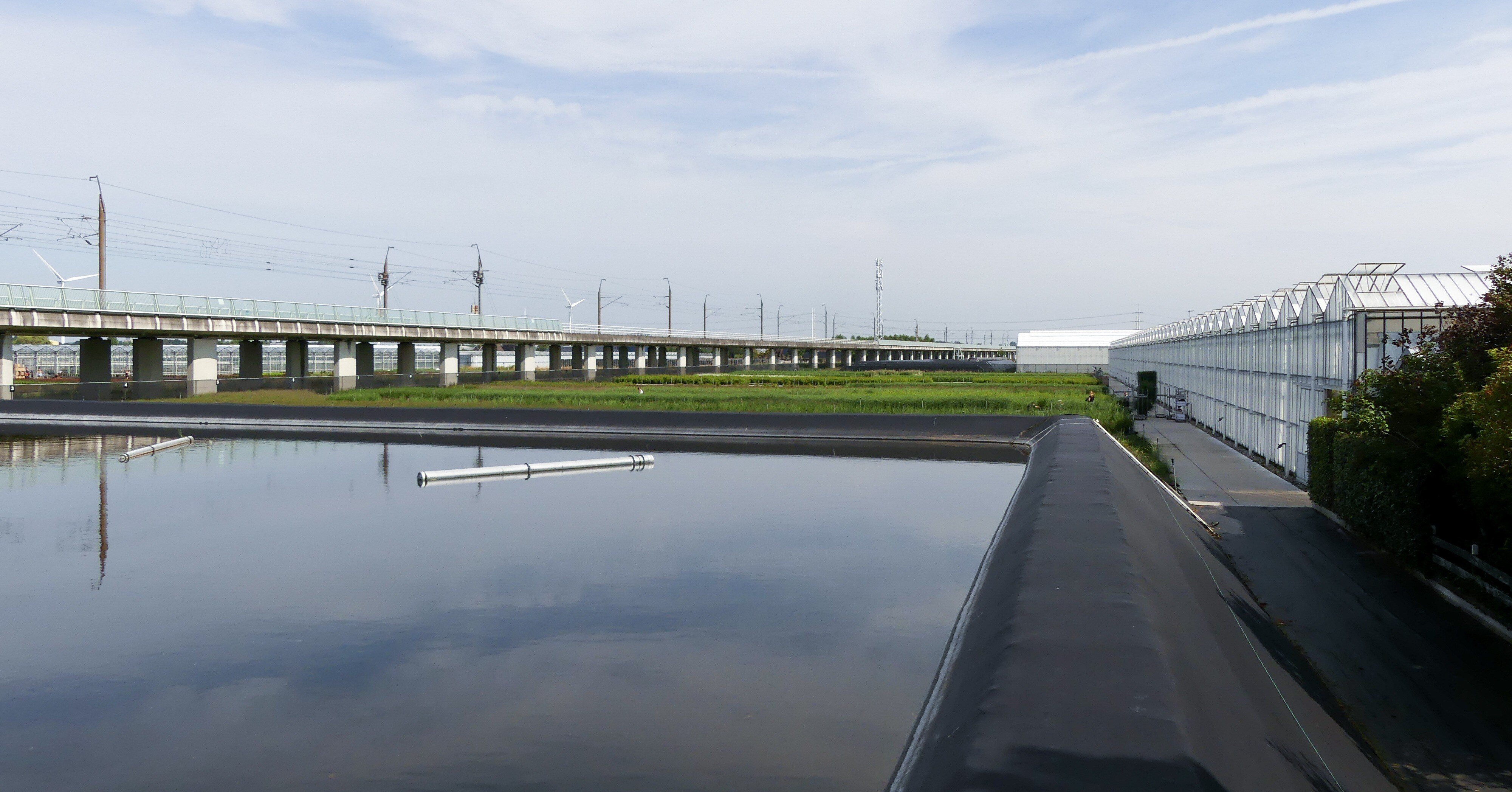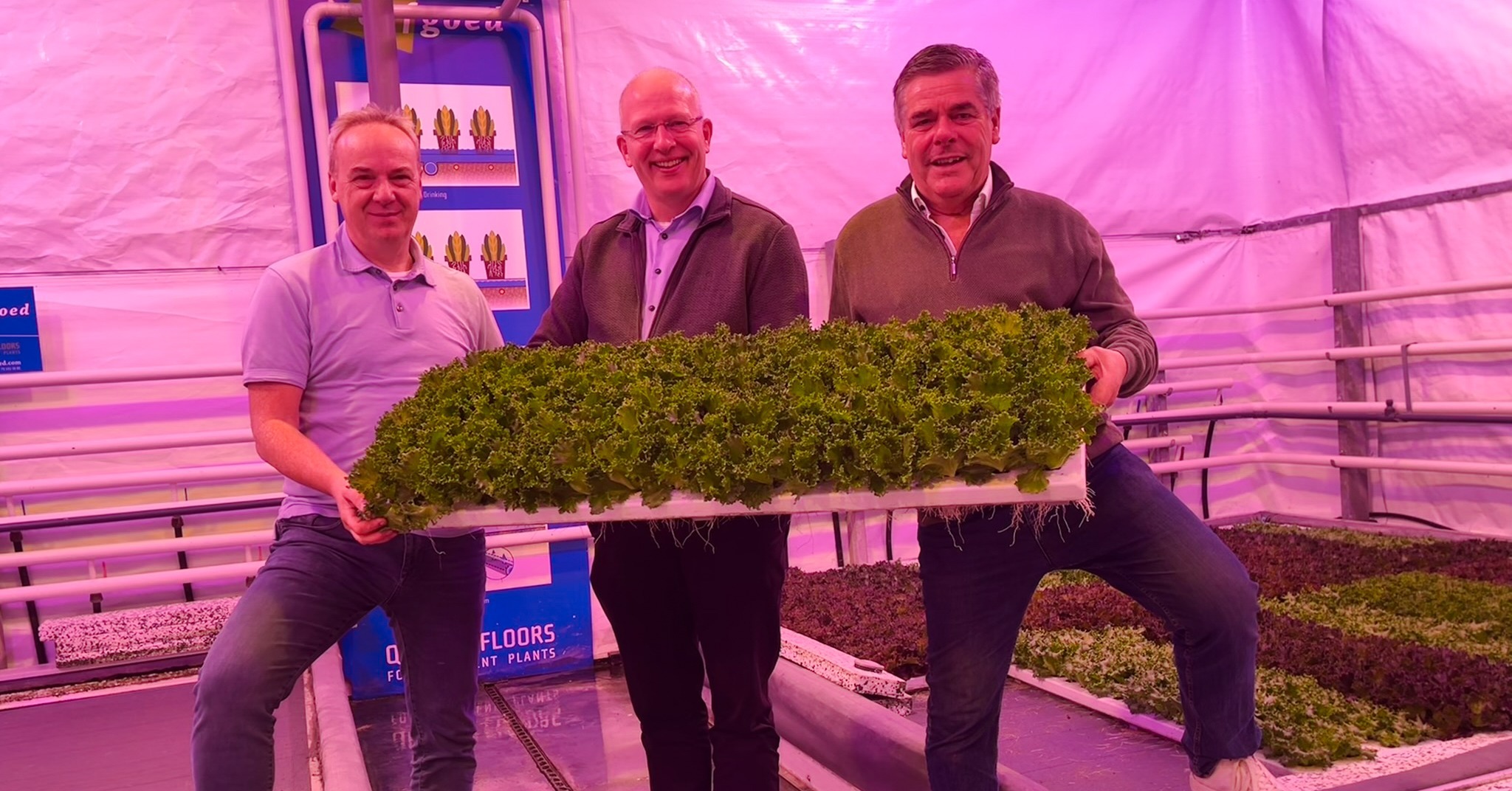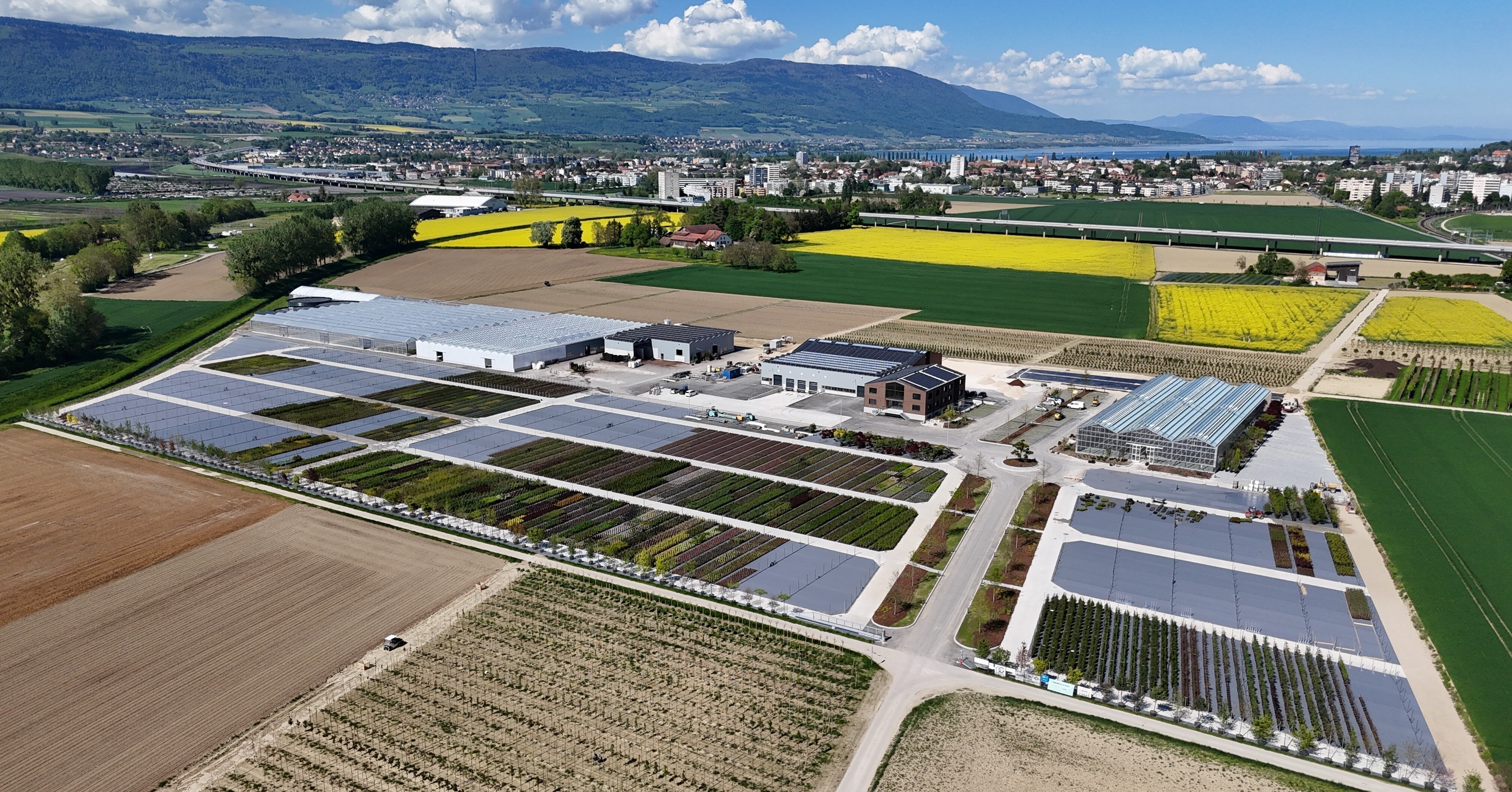- Prefer direct contact? +31 (0)79 593 38 00
- Language: English
Water in ornamental horticulture: opportunities and challenges

Water in ornamental horticulture: opportunities and challenges
Feb 11, 2025 3:33:16 PM
Water management plays a crucial role in ornamental horticulture and is a key factor in sustainability goals and cost control. In both Europe and North America, growers face challenges driven by climate change, limited water resources, stricter regulations, and competition for space. How can growers in these regions address these challenges while seizing opportunities?
Growers in ornamental horticulture source water from various supplies: rainwater, city water, groundwater, and surface water. While each source has its advantages, they also present challenges.
The search for balance
Rainwater, for instance, is freely available and has a low EC, but its availability is seasonal. Droughts and insufficient rainfall increasingly mark summer months, while winters, exacerbated by climate change, bring excess water. Adequate storage capacity is crucial to capture rainwater effectively. On the other hand, city water is consistently available and of reliable quality. However, it is a costly source, and in many countries, it requires treatment to be suitable for irrigation. Dependence on natural sources such as surface water and groundwater introduces additional hurdles. Many countries are tightening regulations on the use of these sources. In Europe and North America, scarcity is already a pressing issue. Another concern is the variable quality and high risk of contamination, necessitating costly treatment processes.
Innovation as the key to sustainability
These challenges compel the sector to adopt strategic approaches to water management. Technological advancements provide a glimmer of hope. Growers increasingly
opt for systems that reduce water usage and prevent waste. Closed cultivation systems, for instance, capture and channel irrigation water for reuse. An added benefit of this approach is minimising evaporation and avoiding excessive humidity in the greenhouse, which lowers energy costs - a double advantage for growers. Another technological advancement involves sensors that determine the optimal timing for watering plants. This ensures that plants receive water only when needed and can
absorb it effectively. Not only does this prevent unnecessary water use, but it also enhances plant health. 
Water footprint
Sustainability has traditionally been measured regarding carbon footprints, but the water footprint is gaining prominence. This indicator provides insights into a business's total water usage. Ornamental horticulture generally achieves high production levels with a low water footprint. The water footprint is a valuable metric for promoting more sustainable water use. By mapping water flows within the nursery, assessing water quality, and analysing water usage, growers can quickly identify “quick wins” and reduce their footprint.
Climate change
Climate change complicates water management further. Extremes such as drought and water surpluses demand flexible solutions. Many growers are investing in storage capacity, such as reservoirs and silos, to bridge periods of water scarcity. Increasingly, these reservoirs are covered to prevent evaporation and algae growth. Excess water in winter can also be managed. By creating storage capacity in advance, rainwater can be collected and later discharged into surface water in a controlled manner. This alleviates the burden on the environment from sudden water influxes. Additionally, porous cultivation floors, like those from ErfGoed, can serve as buffers by capturing rainwater and gradually releasing it.
What's next?
The demand for innovative solutions is growing in both Europe and North America. Regulations play a significant role in this development; for example, wastewater discharge is prohibited in the Netherlands. This encourages the development of technologies to treat and recycle water. Water management is no longer merely an operational challenge; it has become a strategic imperative. Opportunities for the ornamental horticulture sector lie in innovation and awareness. By using water more efficiently and investing in technologies for reuse and storage, the industry can contribute to a more sustainable future. The path forward is clear: invest in innovation, learn from international solutions, and strive to balance cost control and sustainability.
This article, written by Marijn Boer, marketer at ErfGoed, was published by FloraCulture International (FCI) in February 2025.





